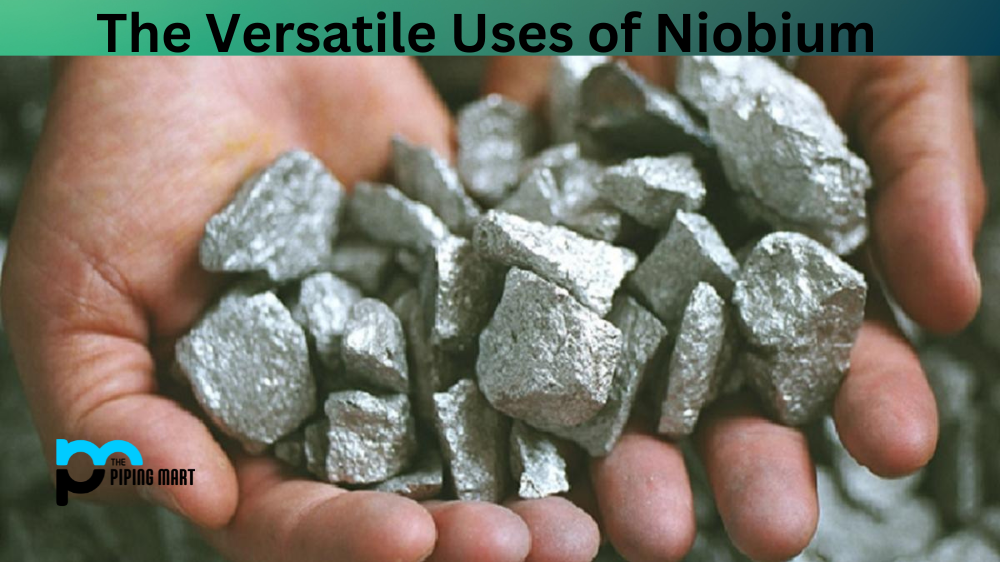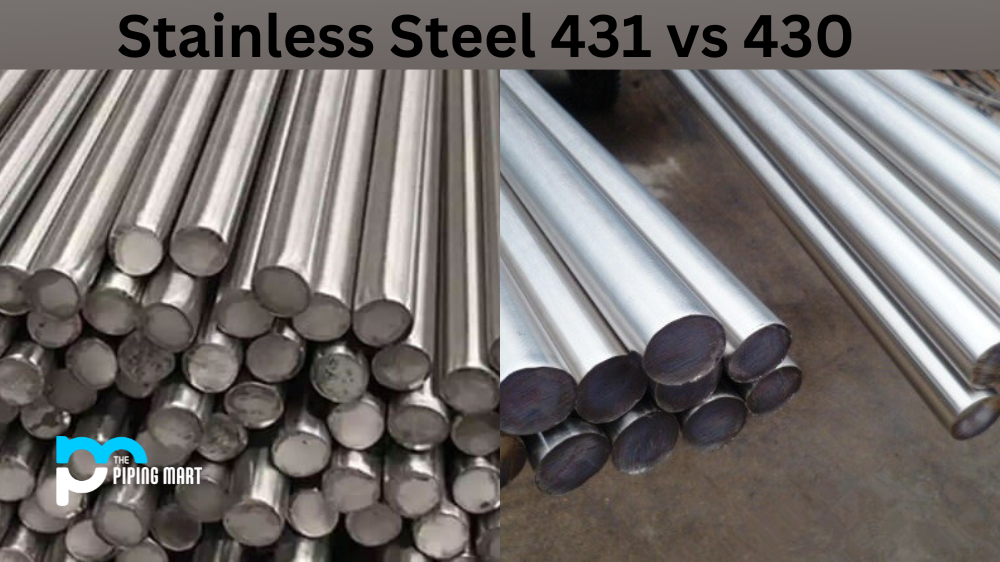Niobium is a chemical element with the symbol Nb and atomic number 41. It has a range of uses, from medical applications to steel production. Niobium is a sparkling, white ductile metal. In the air it forms an oxide layer whose color depends on its thickness. Typical shades are blue, green, and yellow. The oxide film makes niobium resistant to corrosion. At 200 degrees C the metal begins to oxidize rapidly in the air. The chemical properties of Niobium are extremely similar to those of Tantalum. Niobium is one of five main refractory metals (metals that have very high heat and wear resistance). In this article, we will explore the many ways in which niobium is used in everyday life.
Uses of Niobium
Niobium is dominantly used as an addition to Stainless steel and other high strength alloys. They are used for applications like construction specifications, car and truck bodies, ship hulls, oil and gas pipelines and railroad tracks. There are however several other uses for niobium metal and its compounds. While niobium has many applications the maximum is being used in high-grade structural steel manufacturing. Niobium’s second-largest use is in super alloys based on nickel.
Medical Uses of Niobium
Niobium has many medical uses. It is used to make prostheses, hearing aids, and orthopedic implants due to its high corrosion resistance. Its ability to resist oxidation makes it an ideal material for use in these applications, as it does not corrode easily or break down over time. It can also be used to make pacemakers and other cardiovascular implants due to its biocompatibility and non-toxicity. Niobium is also used to create radiation shielding materials, such as niobium foil, which can be used to protect personnel from ionizing radiation in medical facilities or nuclear reactors. Radiation shielding materials made from niobium are also used in x-ray imaging machines in hospitals, where they help keep patients safe by blocking out potentially harmful rays.
Industrial Uses of Niobium
Niobium is widely used in industry for its corrosion-resistant properties and high melting point (2477°C). This makes it an ideal material for use in steel production as it helps prevent corrosion and increase the strength of steel products. It is also often added to alloys such as stainless steel for increased hardness and durability. Additionally, niobium is used in welding rods as a fluxing agent, helping reduce the surface tension between two metals that are being welded together.
Niobium in Jewelry
When anodized, or when a current is flown through the metal, niobium changes color. A thin layer of oxide is formed on the surface when electricity passes through the metal. Various voltages produce different oxide layers. Due to the way light diffracts through the oxide layer, niobium surface is colored. Niobium is also used in jewelry because of its hypoallergenic properties, meaning that very few people might have allergic reactions to it. Niobium is also used in medical applications such as pacemakers and prosthetics owing to its hypoallergenic properties.
Niobium in Gravimeters
Gravimeters monitor gravity shifts on the Planet. Belgium is an extraordinarily sensitive superconducting gravimeter near the town of Membach, using a small sphere of niobium metal suspended in a magnetic field below -263 degrees C (9.2 K), close to absolute zero. Every change in the gravitational field pulls and drags the sphere, even a slight change of position, disrupts the magnetic field and transmits electrical signals to nearby sensors. Niobium reaches its superconductive transition temperature at 9.2 K, and the magnetic field lines pass around the sphere rather than through it, keeping it suspended in the middle of its small chamber. Niobium wire coils, even held at this low temperature, do not withstand the electrical current that passes through them, producing the perfectly stable magnetic field that levites the niobium sphere.
Niobium in Orthopedic Implants
Titanium niobium nitride is a hard surface modification that has been in use to offer wear and allergy protection in orthopedic applications such as artificial knees for more than 10 years in Europe. Titanium niobium nitride serves as a physical barrier against the corrosion process and release of metallic ions into the surrounding biological world, making it possible to safely implant Titanium niobium nitride-coated prostheses in the metal sensitized patient.
Titanium-zirconium-niobium alloys (Ti-Zr-Nb) have the ability to be used for sturdy and durable body-compatible implants. Titanium-zirconium-niobium alloys have a high functional complex and so-called “superelasticity” (capable of restoring the original shape against significant and repetitive deformation). These alloys are the most promising metallic-biomaterial type, according to scientists. This is attributable to the unique combination of their biochemical and biomechanical properties: Titanium-zirconium-niobium alloys vary from the full biocompatibility of composition and high corrosion resistance, while at the same time displaying hyperelastic behavior-very similar to normal bone behavior.
Conclusion:
In conclusion, niobium has a wide range of uses that extend far beyond its initial discovery back in 1801 by Charles Hatchett! Its versatility makes it an essential player across many industries – from medical implants to steel production – making it increasingly important for our everyday lives. Whether you’re aware of it or not, chances are you have encountered some form of niobium today! From pacemakers and radiation shielding materials to welding rods and alloys – there’s no doubt that niobium plays an integral role across many aspects of our lives!

Meet Bhavesh, a seasoned blogger with a wealth of knowledge and experience. From metal products manufacturing to retail, Bhavesh has a diverse background in various industries and is dedicated to sharing his insights and expertise with readers.



